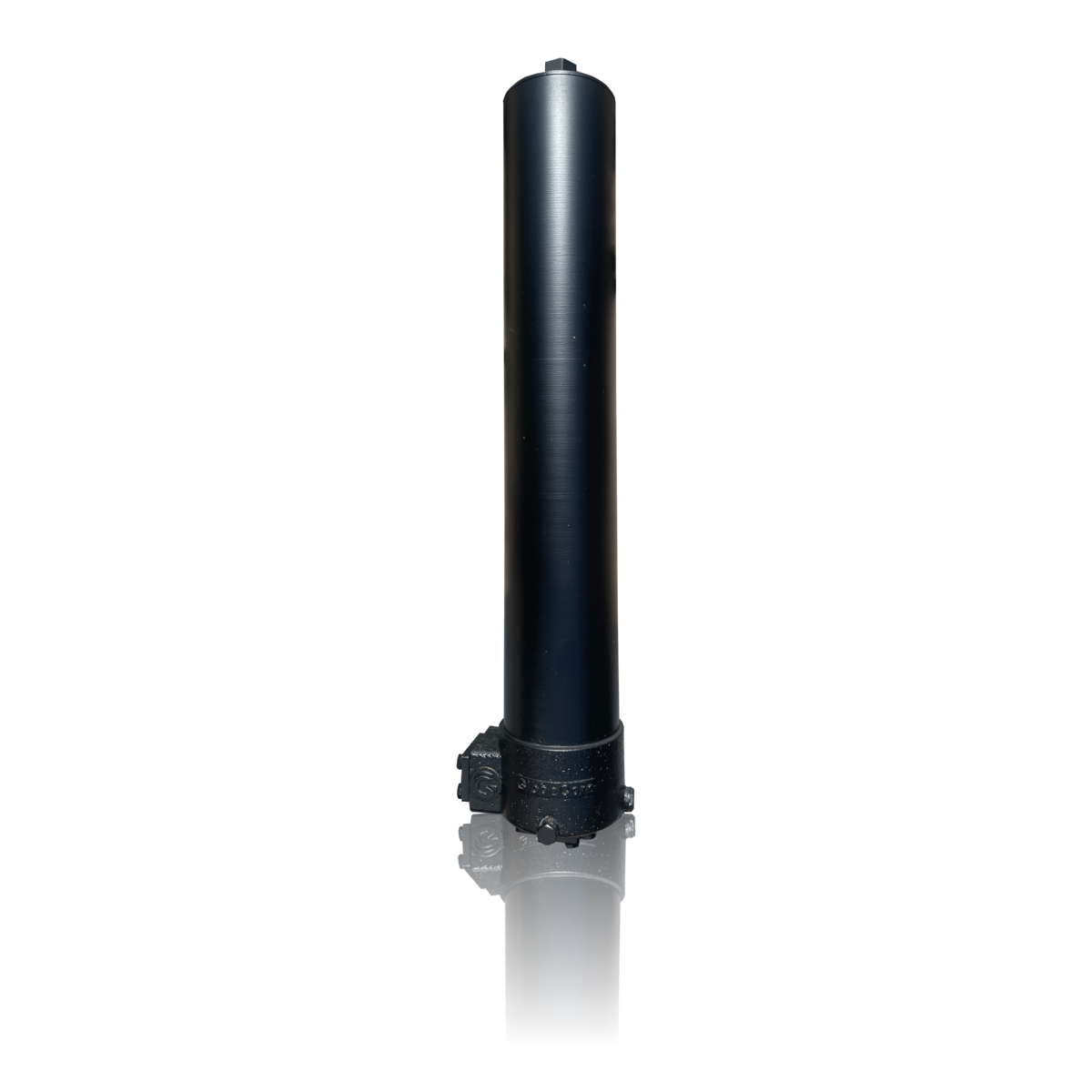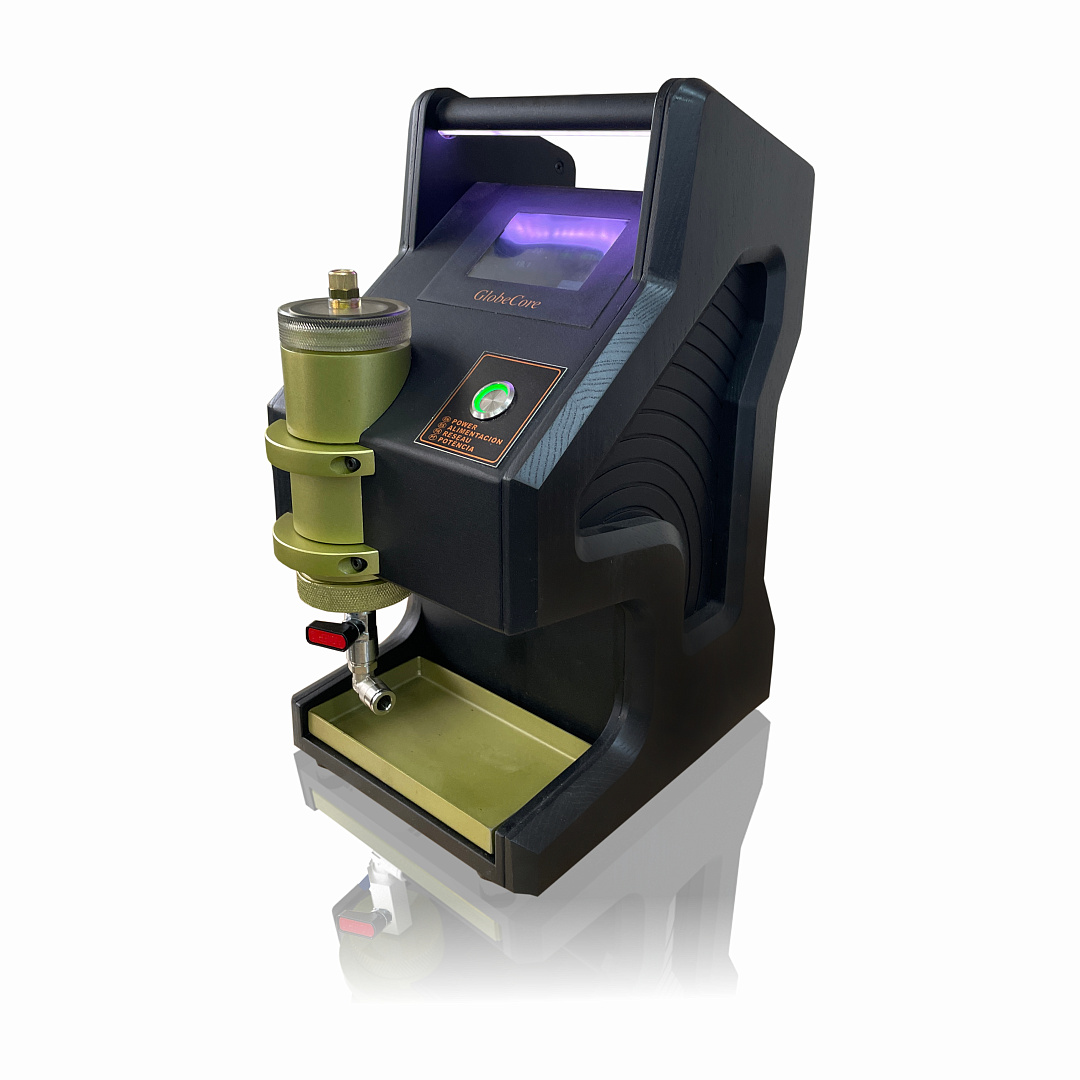How do Integrated Diesel Purification Systems streamline fuel management?
- This topic has 1 reply, 2 voices, and was last updated 1 year, 3 months ago by .
Answers
-
October 5, 2024 at 7:40 am by 鈴木 聡太郎
Integrated Diesel Purification Systems streamline fuel management by consolidating multiple purification processes into a cohesive, automated framework that enhances efficiency and reduces complexity. Centralized Control allows for unified monitoring and management of all purification stages, providing real-time data on fuel quality and system performance from a single interface. Automated Processes minimize the need for manual intervention by dynamically adjusting purification parameters based on fuel quality metrics, ensuring consistent and optimal fuel cleanliness. Multi-Stage Filtration Integration combines various purification technologies, such as mechanical filtering, magnetic separation, and moisture removal, into one seamless system, eliminating the need for separate purification units and simplifying fuel handling. Data Analytics and Reporting provide insights into fuel usage patterns, contamination levels, and system performance, enabling informed decision-making and proactive maintenance. Energy Efficiency is enhanced by optimizing the operation of pumps, filters, and separators based on real-time demand, reducing overall energy consumption and operational costs. Scalability and Flexibility allow the system to adapt to changing fuel requirements and contamination levels, supporting various applications and operational scales. Additionally, Integrated Maintenance Alerts ensure timely filter replacements and system checks, preventing downtime and maintaining fuel quality. By unifying purification processes and providing comprehensive management tools, Integrated Diesel Purification Systems simplify fuel management, enhance operational efficiency, and ensure reliable fuel quality across diverse industrial applications.



